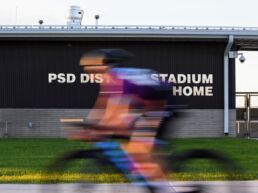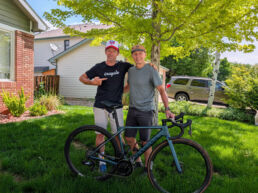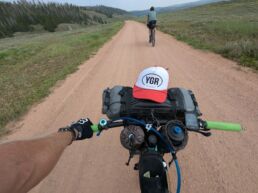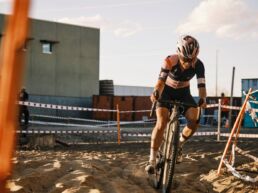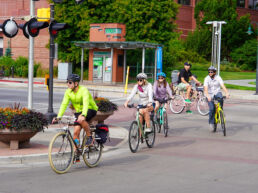Sam Welter of Empower Performance Therapy and Sugar Beets Cycling documents her summertime highspeed crash on Sawmill and her recovery from a multitude of injuries sustained during the tumble. The professional Athletic Trainer also provides us with some expert advice on how to recover from bike crash injuries.
Samantha Welter, MS, ATC
Empower Performance Therapy

My hardtail steed was raging through Horsetooth, floating over boulders, carving corners, and attacking Wathen with a fire I hadn’t felt in months. I carried that flow with me determined to no-dab Sawmill just as I had with the preceding techy downhill. As I let another rider pass I paused for a fleeting moment, thinking perhaps I was going a bit too fast, but pushed that feeling away. A brief pedal, swooped wide right and set up for a slight huck.
Except I never made the huck.
Swirling among a kaleidoscope of carbon, rubber, and body parts, my helmet cracked on the track. Oh shit, I just broke my neck, was my thought! From 23.6 mph to 0 in three full rolls, I came to a stop in a judo squat with one hand on the bars. Instinctively I moved quickly off the trail before surveying the damage. The primary screen found a scraped up knee and a c-spine that was perfectly fine. No symptoms of head injury. Shredded front tire and busted carbon rim. Fudge.
A few riders passed while I tried to tube my front tire. None stopped. Something was wrong with my right arm. I couldn’t grip the tire levers. I had no strength to peel the shoe off the wheel. I was teary-eyed when a rider and his son stopped to help. They offered to ride out with me, but I stubbornly refused. I walked out of Sawmill and pedaled the valley back to the Timber lot. Every bump pissed me off and the pain in my elbow and shoulder was excruciating. Somehow I lifted the bike on top of the car and drove myself home. I walked in the doors, and started bawling.
5 days later the orthopedic physician confirmed my own self-diagnosis—fractured radial head and separated shoulder. 10 days later I finally picked up my prescription anti-inflammatory and slept well for the first night since the crash.
I spent 8 weeks fastidiously rehabbing for strength and mobility, hiking to keep up endurance, Kinesio-taping for support and pain relief, and CBD to decrease inflammation. Then I went straight back to training for my one stage race this year. It’s now 5 months later. My elbow still clicks and flares up randomly. My shoulders (separated the left one last year, ha!) get tight and angry.
Acute injuries from a bike crash range in severity, but even the slightest of bumps affects the body! Slow speedfall leaves a bruise and bump just above the knee. A slick road corner tears your chamois and leaves bloody striations. We don’t necessarily say that we’re injured after an incident like that, but our body is already making compensations to protect and heal itself. It’s amazing how the body adapts to continue to move through life, to go through the motions, and display our remarkable resilience. These minor compensations can change your biomechanics, steal strength from other areas, overwork accessory muscle groups, and predispose you to pain and injury.
Having your body move the way it was designed is imperative to performing at your best. It is important to move in a strong and healthy way to enjoy riding your bike without pain for years and years! I want to be that woman who is competing at MTB Nationals in the 70+ age group! I can’t do that if I continue to ignore my shoulder and elbow just because I reached “good enough” in my rehab status.
Here are 5 things YOU can do right now to take care of yourself and your lingering injuries.
1. You have 1 hour to ride? Wrong. You have 50 minutes to ride. Spend the last 10 minutes with recovery stretches. Open up the chest to correct those rounded shoulders. Stretch the triceps to relieve muscle fatigue. Try a figure 4 hip stretch, hit the hamstrings, open up the quads and hip flexors. Hold each for at least 1 minute to facilitate blood flow, clean out metabolic waste, keep joints moving freely, and set you up to feel great before your next ride!
2. Foam roll for 10 minutes each night while watching your current Netflix binge. Spend 2 minutes on each big muscle group like the quads, hamstrings, glutes, and lats.
3. Smash a tennis ball between the wall and smaller muscles in your back and shoulder blades. Spend about 1 minute in each spot. Repeat 3 times each week.
4. Hydrate! Toss electrolyte tablets in your water to draw the lush H20 into your cells. The benefits are a-plenty—enhance recovery, decrease soreness, improve sleep, prime to perform, stay well, and so much more. 24-48 ounces during each hour of exercise PLUS at least half your body weight in ounces daily.
5. Yoga. Bodyweight exercise helps recruit and strengthen muscles you don’t use on the bike. Prolonged
holds in each pose trains mental toughness. The active meditation and focused breath work helps me zone in on right now, what I need to do to get better, and sparks a fire.
BONUS: Schedule yourself to see a sports medicine healthcare professional. An athletic trainer, like myself, is trained to diagnose, treat, and rehab orthopedic injuries inactive individuals. Most importantly—we keep you in action while finding the cause of pain and working to overcome it. Who you see is your choice, but do it.
Now is the time to correct all of the little things that have been bugging you, because you don’t want to be just “good enough.”
Samantha Welter, MS, ATC
A mountain bike racer with expertise in sports injuries as an Athletic Trainer (AT) and owner of Empower Performance Therapy. Empowering YOU to overcome injury while instilling confidence to face the scary and smash your goals!
Facebook- https://www.facebook.com/trainempowered
Instagram- https://www.instagram.com/_trainempowered_/
Website- https://www.empowerperformancetherapy.com/

